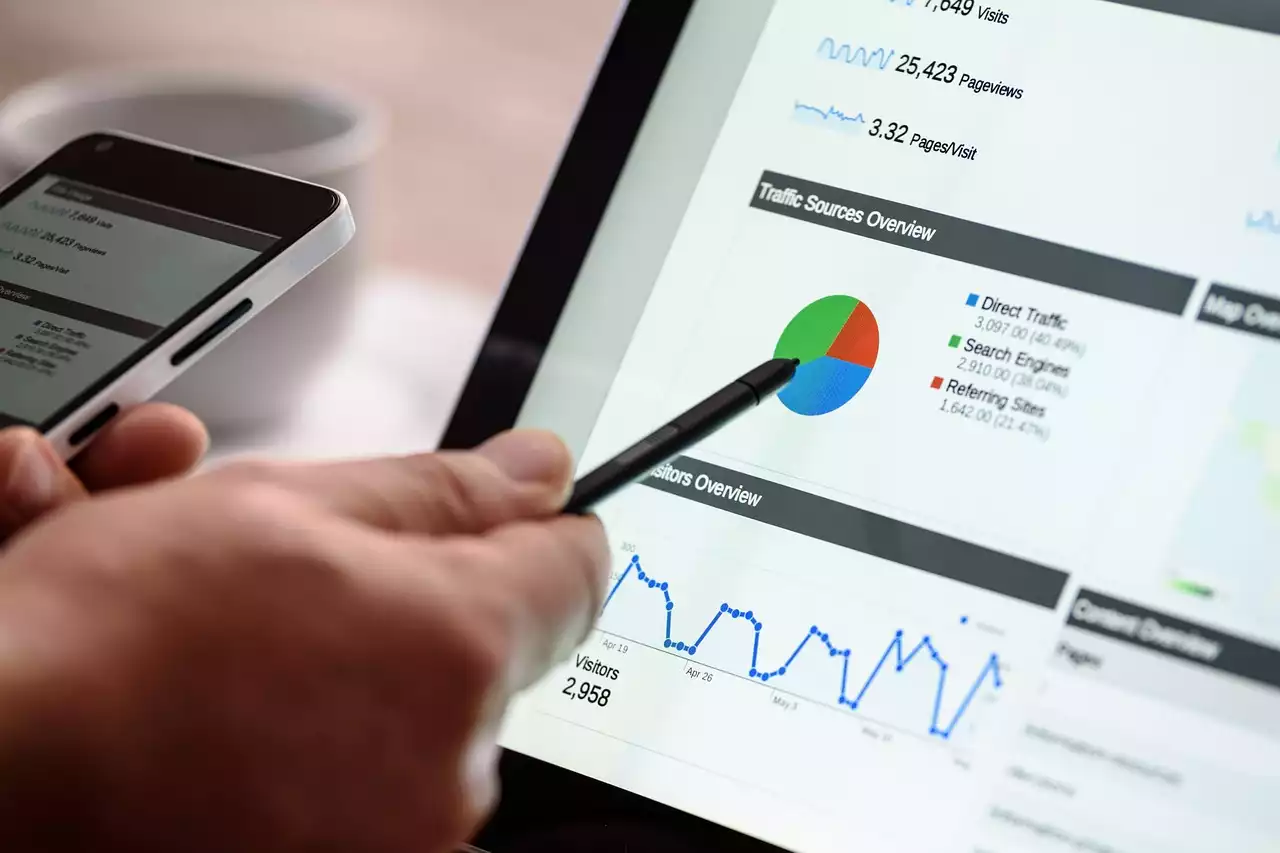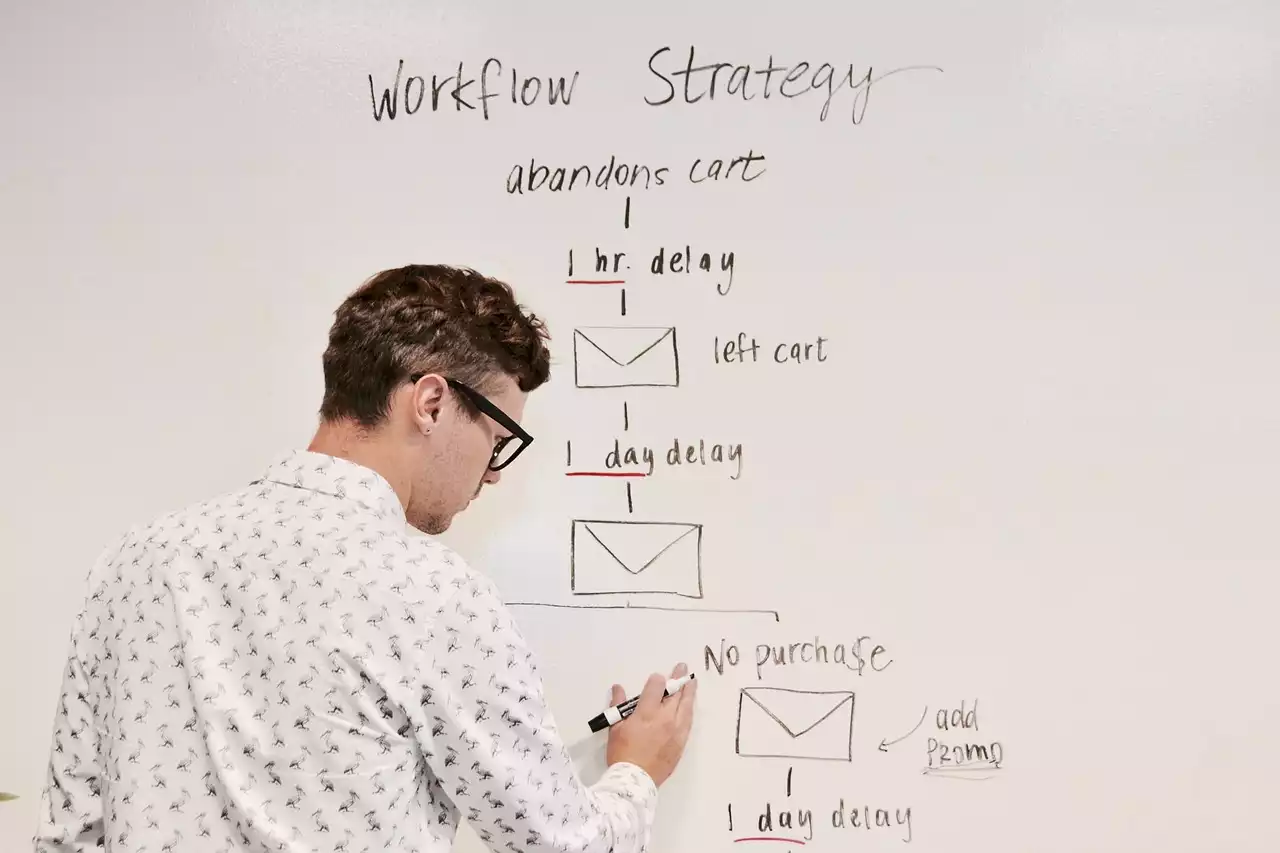Benefits of Email Marketing
Email marketing can be a powerful tool for businesses of all sizes. It can help you build relationships with your audience, drive traffic to your website, and increase sales. Here are some of the key benefits of email marketing:
Cost-Effective
One of the biggest advantages of email marketing is that it is cost-effective. Unlike traditional marketing methods like print ads or direct mail, email marketing doesn't require a large budget. You can send emails to your subscribers for free or for a small fee, depending on the email marketing service you use.
Targeted
Email marketing allows you to target your audience with precision. You can segment your email list based on factors like demographics, interests, and behavior, and send personalized messages to each group. This can help you increase engagement and conversions.
Measurable
Email marketing is also highly measurable. You can track metrics like open rates, click-through rates, and conversions to see how your campaign is performing. This can help you make data-driven decisions and optimize your campaigns for better results.
The benefits of email marketing
Understanding Your Audience and Setting Goals
Before you start creating your email marketing campaign, it's important to understand your audience and set clear goals. Who are your subscribers? What are their interests, pain points, and motivations? What do they want from your brand? Answering these questions can help you create more relevant and engaging content that resonates with your audience.
Once you have a clear understanding of your audience, you can set goals for your email marketing campaign. Do you want to increase website traffic, generate leads, or boost sales? Make sure your goals are specific, measurable, and achievable within a reasonable timeframe.
Creating Your Email Marketing Campaign Strategy
With your audience and goals in mind, you can start creating your email marketing campaign strategy. Here are some key elements to consider:
Frequency
How often will you send emails to your subscribers? Will it be once a week, twice a month, or on a different schedule? Make sure your frequency is consistent and aligned with your goals.
Content
What type of content will you include in your emails? Will it be blog posts, product updates, promotions, or a mix of different formats? Make sure your content is valuable, relevant, and aligned with your audience's interests.
Call to Action
What action do you want your subscribers to take after reading your email? Will it be to visit your website, download a lead magnet, or make a purchase? Make sure your call to action is clear, compelling, and aligned with your goals.
Crafting Your Email Message and Design
Once you have your strategy in place, it's time to craft your email message and design. Here are some tips to keep in mind:
Subject Line
Your subject line is the first thing your subscribers will see when they receive your email. Make sure it's attention-grabbing, relevant, and aligned with your content.
Personalization
Personalization can help you increase engagement and conversions. Address your subscribers by their name, segment your email list, and use dynamic content to tailor your message to each subscriber's interests.
Design
Your email design should be visually appealing, easy to read, and aligned with your brand. Use images, colors, and fonts that reflect your brand personality and make sure your email is mobile-responsive.
Setting Up Your Email Marketing Campaign
With your email message and design ready, it's time to set up your email marketing campaign. Here are some steps to follow:
Choose an Email Service Provider
There are many email marketing service providers to choose from, such as Mailchimp, Constant Contact, and ConvertKit. Choose one that meets your needs and budget.
Build Your Email List
Start building your email list by adding opt-in forms to your website, social media profiles, and other online channels. Offer a lead magnet or incentive to encourage sign-ups.
Create and Schedule Your Emails
Using your email service provider, create and schedule your emails according to your strategy and frequency. Make sure to test your emails before sending to ensure they look and function correctly.
Measuring and Analyzing Your Email Campaign Results
After your emails have been sent, it's important to measure and analyze your campaign results. Here are some metrics to track:
Open Rates
The percentage of subscribers who opened your email.
Click-Through Rates
The percentage of subscribers who clicked on a link in your email.
Conversion Rates
The percentage of subscribers who completed your desired action, such as making a purchase or downloading a lead magnet.
Use these metrics to identify what's working and what's not in your email marketing campaign. Make adjustments and optimizations based on your findings.
Best Practices for Successful Email Marketing Campaigns
Here are some best practices to keep in mind when creating your email marketing campaigns:
Provide Value
Make sure your emails provide value to your subscribers by offering helpful information, discounts, or exclusive content.
Segment Your List
Segment your email list based on demographics, interests, and behavior to send personalized messages that resonate with each group.
Test and Optimize
Test different elements of your email campaigns, such as subject lines, content, and design, to see what works best for your audience. Optimize your campaigns based on your findings.
Common Mistakes to Avoid in Email Marketing
Here are some common mistakes to avoid in email marketing:
Sending Too Many Emails
Sending too many emails can lead to subscriber fatigue and lower engagement rates. Stick to a consistent schedule that aligns with your goals and audience preferences.
Not Segmenting Your List
Not segmenting your email list can lead to generic messages that don't resonate with your subscribers. Take the time to segment your list and create personalized messages for each group.
Not Testing Your Emails
Not testing your emails can lead to errors, broken links, and design issues that can harm your brand reputation. Always test your emails before sending to ensure they look and function correctly.










